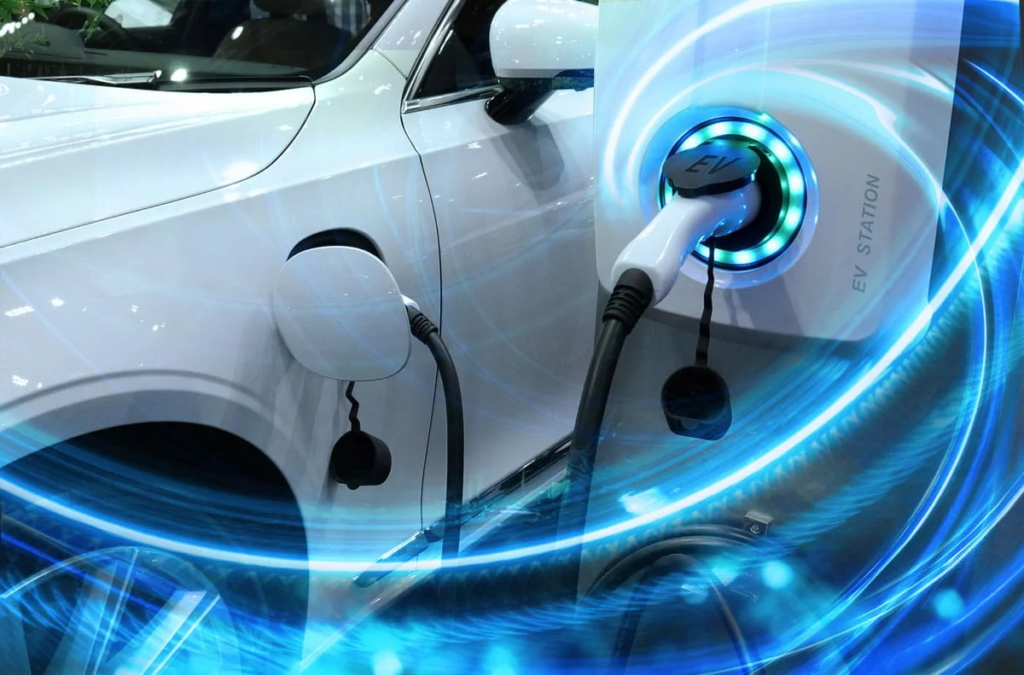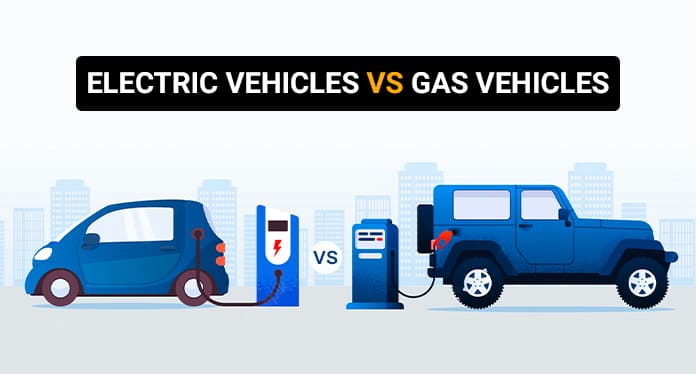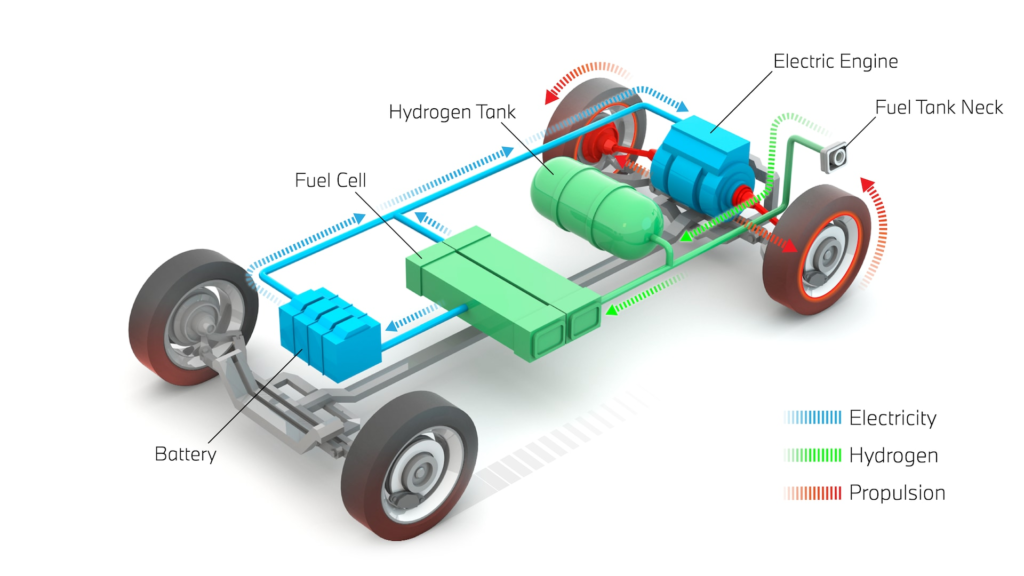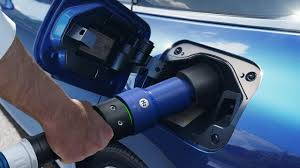Buckle up, eco-warriors and tech enthusiasts! Today, we’re diving deep into the fascinating world of Fuel Cell Electric Vehicles (FCEVs). Get ready to unlock the secrets behind how these hydrogen-powered marvels work. From the science that drives them to the infrastructure supporting their journey, join us on a comprehensive guide to understanding the future of clean transportation. Let’s rev up those engines – powered by fuel cells!

The Science Behind Fuel Cell Technology
Fuel cell technology is an innovative way to power electric vehicles, utilizing the chemical reaction between hydrogen and oxygen to generate electricity. Each fuel cell consists of an anode, cathode, and electrolyte membrane that work together in a controlled process.
When hydrogen is supplied to the anode and oxygen from the air reaches the cathode, a chemical reaction occurs producing electricity, heat, and water as byproducts. This clean energy production distinguishes fuel cells from traditional combustion engines.
The electrolyte membrane plays a crucial role in facilitating ion movement while blocking electron flow between the electrodes – enabling a continuous generation of electricity. This efficient conversion process results in zero emissions other than pure water vapor released into the atmosphere.
Understanding this intricate science behind fuel cell technology sheds light on its potential as a sustainable and environmentally friendly alternative for powering vehicles.
Comparing Fuel Cell EVs to Traditional EVs and Gasoline Cars
When comparing Fuel Cell EVs to traditional EVs and gasoline cars, it’s essential to understand the key differences that set them apart.
Fuel Cell EVs use hydrogen fuel cells to generate electricity on board, resulting in zero emissions and longer driving ranges compared to battery-powered EVs. This makes them a promising solution for sustainable transportation.

In contrast, traditional EVs rely on rechargeable batteries for energy storage, limiting their range and charging times. Gasoline cars, on the other hand, depend on combustion engines that produce greenhouse gas emissions harmful to the environment.
While both traditional EVs and Fuel Cell EVs offer clean energy solutions, fuel cell technology holds the promise of quicker refueling times and extended driving ranges without compromising environmental benefits.
Advantages and Limitations of Fuel Cell EVs
Fuel Cell EVs have notable advantages that set them apart from traditional gasoline cars and even battery electric vehicles. One key advantage is their longer driving range, thanks to the quick refueling time compared to charging batteries. This makes fuel cell EVs more convenient for long trips without the need for frequent stops.
Another benefit of fuel cell EVs is their zero-emission feature, making them environmentally friendly and contributing to cleaner air quality. Additionally, these vehicles operate quietly, providing a smoother and quieter ride experience for passengers.
On the flip side, one limitation of fuel cell EVs is the currently limited hydrogen infrastructure in comparison to electric charging stations. This can make it challenging for drivers to find readily available refueling stations in some regions.
Moreover, the cost of producing hydrogen fuel cells remains relatively high compared to battery technology, affecting the overall affordability of fuel cell EVs in today’s market. Despite these limitations, ongoing advancements and growing interest in hydrogen-powered vehicles are paving the way for a promising future in sustainable transportation solutions.
The Process of Generating Electricity in a Fuel Cell EV
Fuel cell electric vehicles (FCEVs) operate on an innovative system that converts hydrogen gas into electricity to power the vehicle. The heart of this process lies within the fuel cell stack – a collection of individual cells where the magic happens. Here, hydrogen molecules are split into protons and electrons through a chemical reaction.
The positively charged protons move through a membrane while the negatively charged electrons create an electrical current that powers the vehicle’s motor. As both particles reunite with oxygen from the air, water vapor is emitted as a byproduct – making FCEVs not only efficient but also environmentally friendly.

This electrochemical conversion provides a continuous flow of electricity, allowing FCEVs to travel long distances without harmful emissions. With advancements in fuel cell technology, these vehicles are paving the way for sustainable transportation solutions globally.
Hydrogen Infrastructure and Availability
Hydrogen infrastructure and availability play a crucial role in the widespread adoption of fuel cell electric vehicles. Building a robust network of hydrogen refueling stations is essential to support the growing demand for zero-emission transportation.
One of the main challenges facing the expansion of hydrogen infrastructure is the high cost associated with building and maintaining hydrogen refueling stations. However, advancements in technology and government incentives are helping to overcome these barriers.
Availability of hydrogen also varies by region, with some areas having more developed networks than others. This discrepancy highlights the need for continued investment in expanding infrastructure to ensure equitable access to clean energy options across different locations.
As more automakers introduce fuel cell electric vehicles into their lineups, there is an increasing urgency to address the gaps in hydrogen infrastructure. Collaborative efforts between public and private sectors will be key in accelerating progress towards a sustainable future powered by hydrogen fuel cells.
Challenges and Future Outlook for Fuel Cell EVs
As with any emerging technology, fuel cell electric vehicles (FCEVs) face challenges on their path to widespread adoption. One major hurdle is the high cost of producing hydrogen fuel cells compared to traditional batteries used in electric vehicles. Additionally, the limited infrastructure for hydrogen refueling stations poses a challenge for FCEV drivers.
However, advancements in fuel cell technology are continuously being made to address these challenges. Research and development efforts are focused on improving the efficiency and durability of fuel cells while driving down production costs. Government initiatives and partnerships within the automotive industry aim to expand the hydrogen refueling network, making it more accessible for consumers.
Looking ahead, the future outlook for FCEVs appears promising as advancements continue to be made in addressing these challenges. With a growing emphasis on sustainability and reducing greenhouse gas emissions, FCEVs have the potential to play a significant role in decarbonizing transportation sectors globally. As technology evolves and infrastructure expands, FCEVs could become a mainstream choice for zero-emission mobility solutions in the years to come.
How to Refuel a Fuel Cell EV
Refueling a fuel cell electric vehicle (FCEV) is a straightforward process that involves filling up with hydrogen, much like how you would refuel a gasoline car or charge an electric vehicle. The key difference lies in the type of fuel and infrastructure required.
To refuel your FCEV, you’ll need to locate a hydrogen fueling station. These stations are becoming more widespread but may not be as common as traditional gas stations just yet. Once at the station, you connect the hydrogen nozzle to your vehicle’s receptacle.

The process of refueling usually takes around 3-5 minutes, making it quicker than charging an electric car battery. The hydrogen flows into the fuel cell stack where it reacts with oxygen from the air to produce electricity, powering the vehicle’s motor.
As technology advances and more hydrogen infrastructure is built, refueling FCEVs will become even more convenient and accessible for drivers looking for zero-emission transportation solutions.
The Future of Fuel Cell EVs
As we look ahead to the future of fuel cell electric vehicles (EVs), it’s clear that exciting advancements are on the horizon. Researchers and engineers are continuously working to enhance the efficiency and affordability of fuel cell technology, making these vehicles even more appealing for consumers.
One key aspect of the future development of fuel cell EVs is expanding hydrogen infrastructure. With more refueling stations being built around the world, drivers will have increased convenience when it comes to powering their zero-emission vehicles.
Moreover, automakers are investing heavily in research and development to increase the range of fuel cell EVs, addressing one of the current limitations faced by these vehicles. This could potentially make them a viable option for a wider audience looking to reduce their carbon footprint.
As technology progresses and environmental concerns become increasingly pressing, fuel cell EVs are poised to play a significant role in shaping the future of transportation towards a greener and more sustainable direction.
Conclusion
As we look towards the future of transportation, fuel cell EVs are poised to play a significant role in reducing greenhouse gas emissions and dependence on fossil fuels. The advancements in fuel cell technology have made these vehicles more efficient, reliable, and accessible than ever before. With zero tailpipe emissions and longer driving ranges, fuel cell EVs offer a sustainable solution for clean mobility.
While challenges such as hydrogen infrastructure development and cost reductions remain, ongoing research and investment in this technology show promising results. As more automakers invest in fuel cell technology and governments implement supportive policies, the adoption of fuel cell EVs is expected to increase steadily.
Fuel cell EVs represent a key component of the transition towards sustainable transportation systems. By harnessing the power of hydrogen fuel cells, we can pave the way for a cleaner and greener future on our roads. Embracing this innovative technology will not only help combat climate change but also drive us towards a more sustainable world for generations to come.
For more such content, keep visiting QAWire


